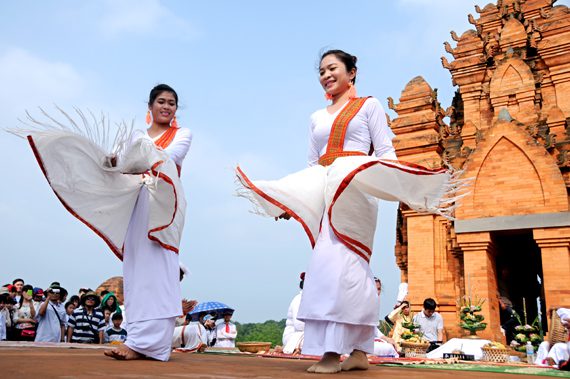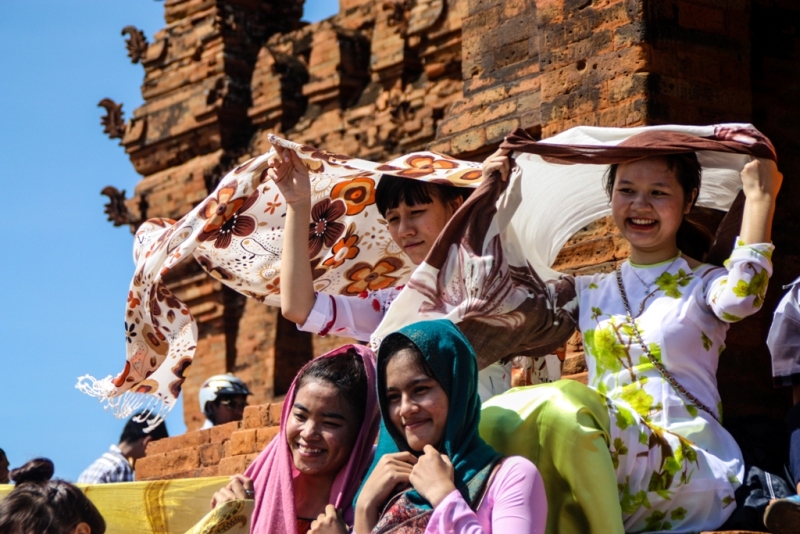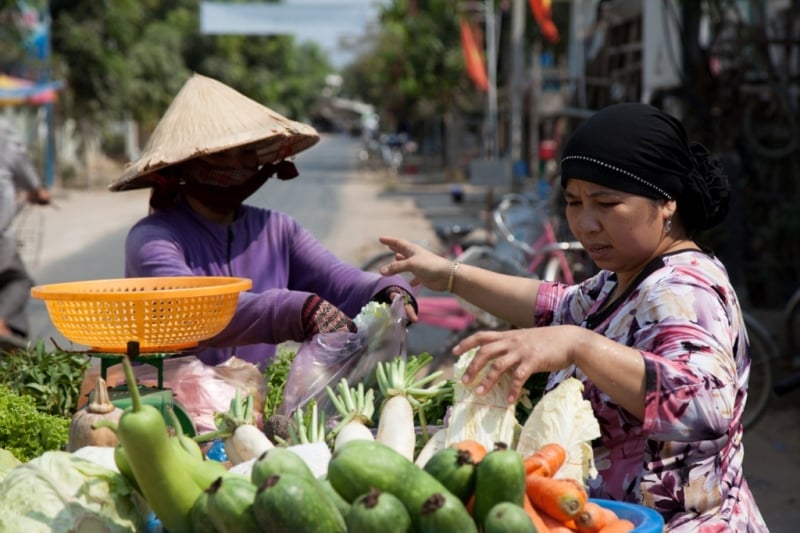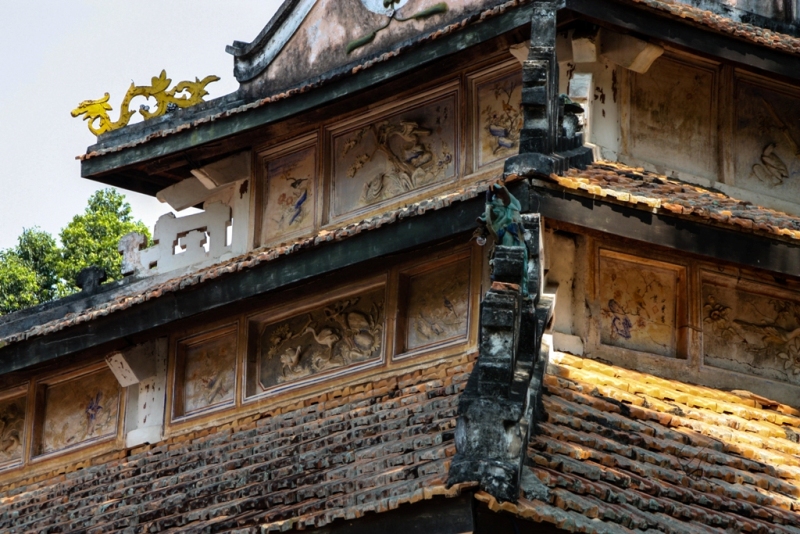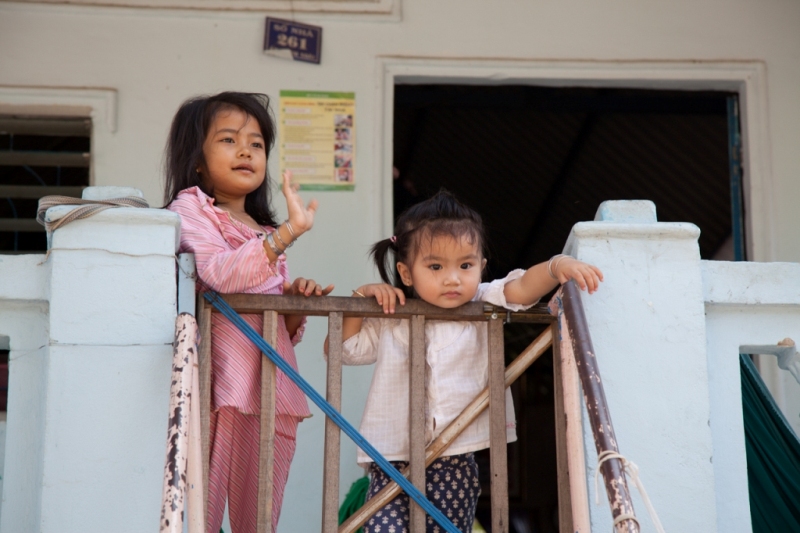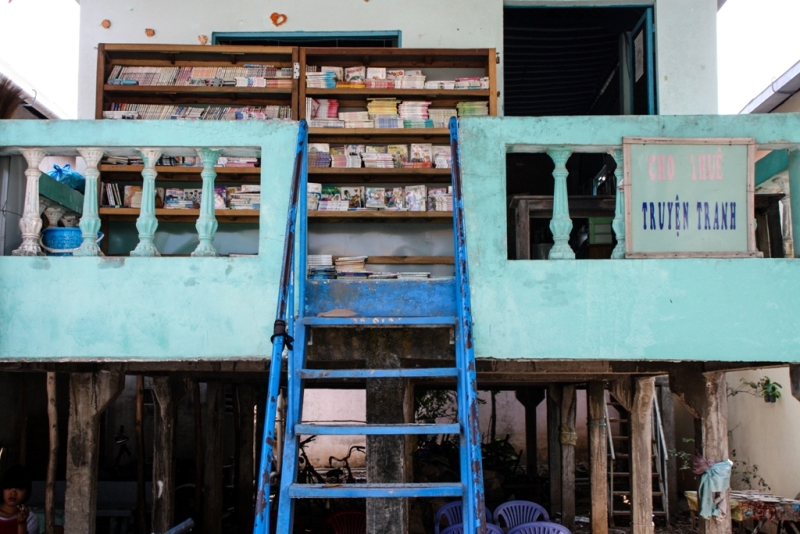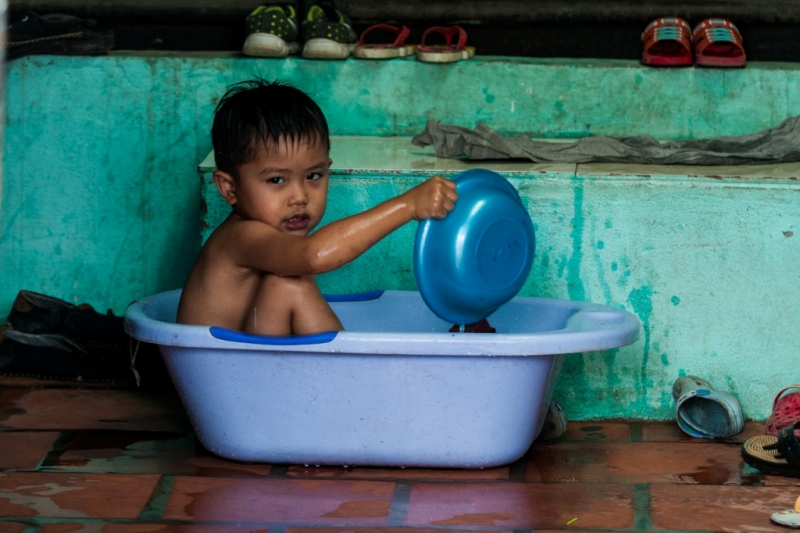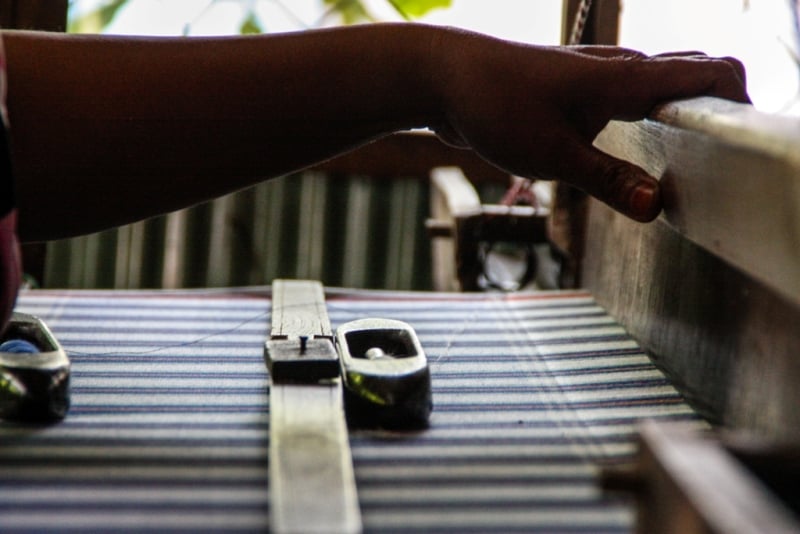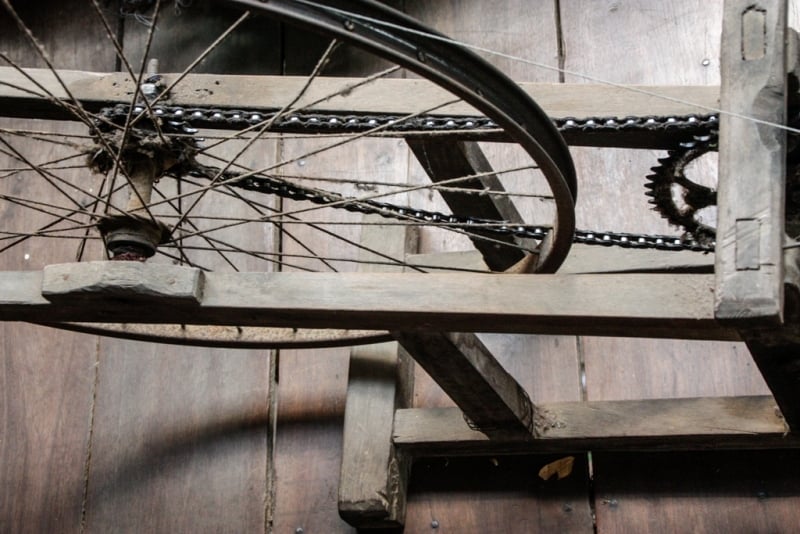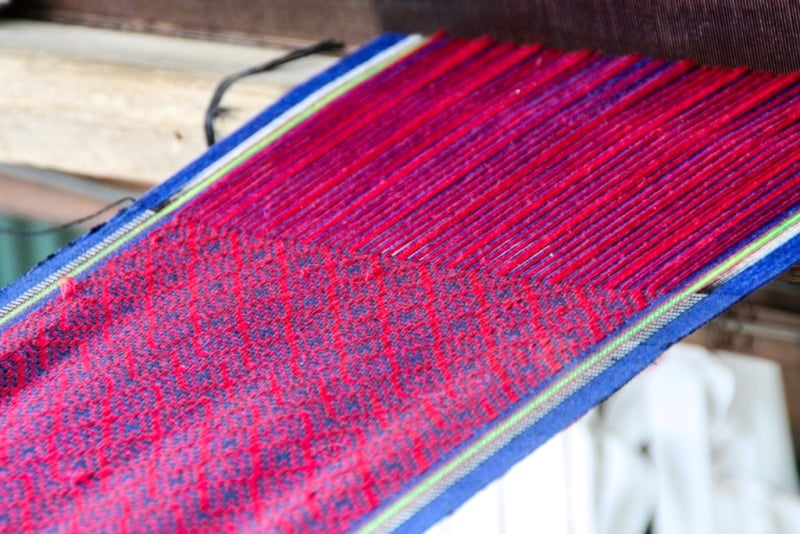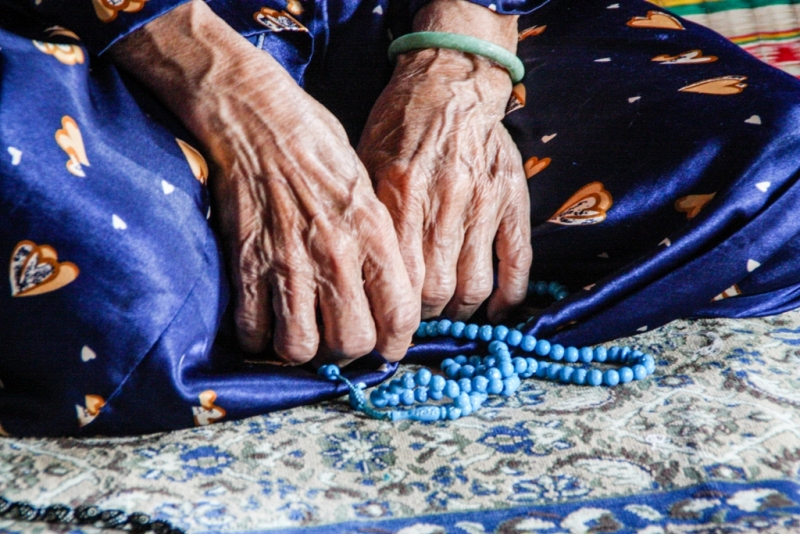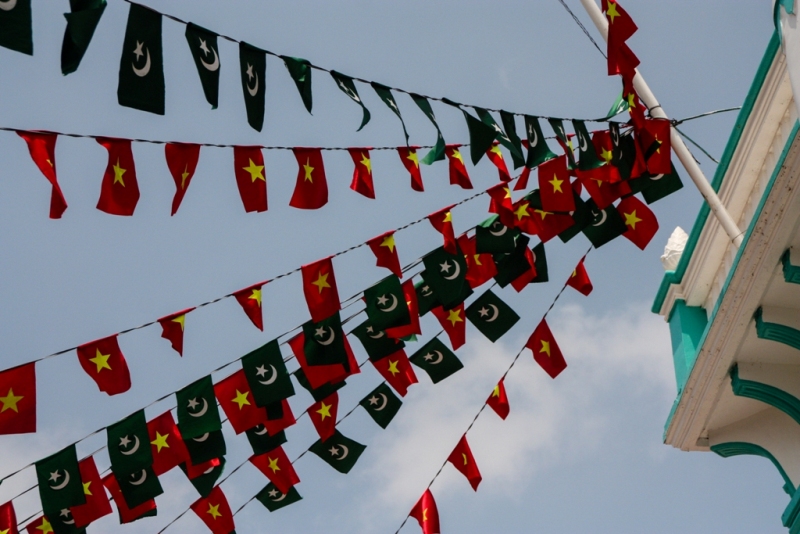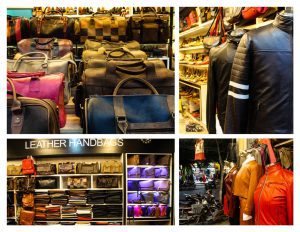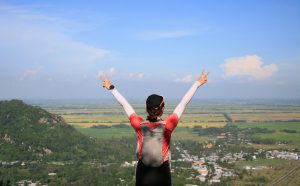For many Vietnamese, the word “Cham” may trigger images of long-defunct towers passed by on the way to somewhere else, like the ones at the My Son temple complex outside of Hoi An, near the mud baths in Nha Trang, or simply standing next to the side of long, empty stretches of road along Vietnam’s central coastline.
Established in the second century AD, the Champa civilization reached its zenith in the ninth century, controlling parts of Central Vietnam down to the Mekong Delta and extending west into present-day Cambodia and Laos. Known as intrepid seafarers, the Champa Kingdom developed international trade routes that allowed them to accumulate wealth and political power as well as forge ties with other regional kingdoms and with South Asia and China.
In the 12th to 15th centuries, the Champa civilization began to fade as they were driven south by the Vietnamese kings and east by the Angkorian kings. What’s left of the Champa civilization in Vietnam is now concentrated in Binh Thuan and Ninh Thuan provinces (near Phan Rang) in Central Vietnam and along the Cambodian border in Tay Ninh and Chau Doc provinces in the form of the roughly 167,000 Cham people, classified as one of Vietnam’s 54 ethnic minorities.
The ancient Cham were heavily influenced by India, explaining why the predominant religion of the coastal Cham is based on Hinduism. The Cham around Chau Doc, though, practice a rustic form of Sunni Islam, most probably introduced by seafaring Muslim traders in the late 10 th and early 11 th centuries and bolstered by the arrival of Muslim Chams from Cambodia to the Mekong Delta in the mid-19th century.
Thanks to its close proximity to the Cambodian border, Chau Doc is home to diverse ethnic and religious communities where Cambodian Buddhists, Vietnamese Buddhists, ethnic Chinese and Muslim Cham living peacefully side by side.
We set out to explore one of these Cham villages as our boat pulls up to a small dock along the banks of the Chau Doc River. We find ourselves in Phum Soai (literally “mango neighborhood” in Khmer), a small Cham community.
The broad, clean streets feature neat cement houses, a nice contrast from the typical wooden Vietnamese houses. The architecture is simple but pleasing, consisting mainly of a downstairs living / cooking area and an upstairs bedroom.
Children come out to wave as we walk by, curious at the sight of tourists.
One of the houses even doubles as a lending library for kids’ books.
In between the houses, we catch glimpses of green which turn out to be vast swathes of rice paddies.
The people are warm and welcoming. They speak Vietnamese to us, but Cham to each other, a pleasing language with hints of Malay and Arabic.
For the most part, the village is quiet. In one small house, the Cham women still practice the age-old art of weaving.
Necessity truly is the mother of invention as a spinning wheel is fashioned from an old bicycle.
Soon, we reach a modest wooden home with a clay tile roof.
A beautiful, smiling face awaits in the form of 81-year-old Ayesah.
She welcomes us, laying out mats and an assortment of dates and biscuits with the nimbleness of someone half her age.
“I’m old, I’m not pretty,” she laughs while covering her two remaining teeth as we ask to photograph her beautifully weathered face, wrapped in a delicate shawl.
She says something to her daughter in Arabic who soon emerges with a platter of watermelon. Born in nearby Chau Giang, Ayesah proudly shows off her many prayer rugs and fingers a delicate strand of turquoise prayer beads.
She speaks of life as a Muslim Cham in Vietnam, surrounded by her three children and ten grandchildren. “I can read the Koran in Arabic,” she says proudly. “The children here study Vietnamese in school and Arabic in the evenings at the local mosque,” built with the assistance of overseas Muslim brethren.
While the community is exclusive (those wishing to marry into it must convert to Islam), they freely intermingle with their Vietnamese and Khmer neighbors. “There used to be prejudice many years ago, but we’ve learned to live together,” says Ayesah.
If you go: The Cham village of Phum Soai is accessible by river or road. Visitors should dress modestly. While not geared to tourists, there are a few places to buy refreshments. The weaving house which also has souvenirs for sale, is near the mosque. Only Muslims may enter the mosque.
Alternatively, the Victoria Chau Doc Hotel offers a river tour that includes the Chau Doc Floating Market, a cruise along the many picturesque canals and a visit to the Cham village. Book online or at the hotel tour desk.
